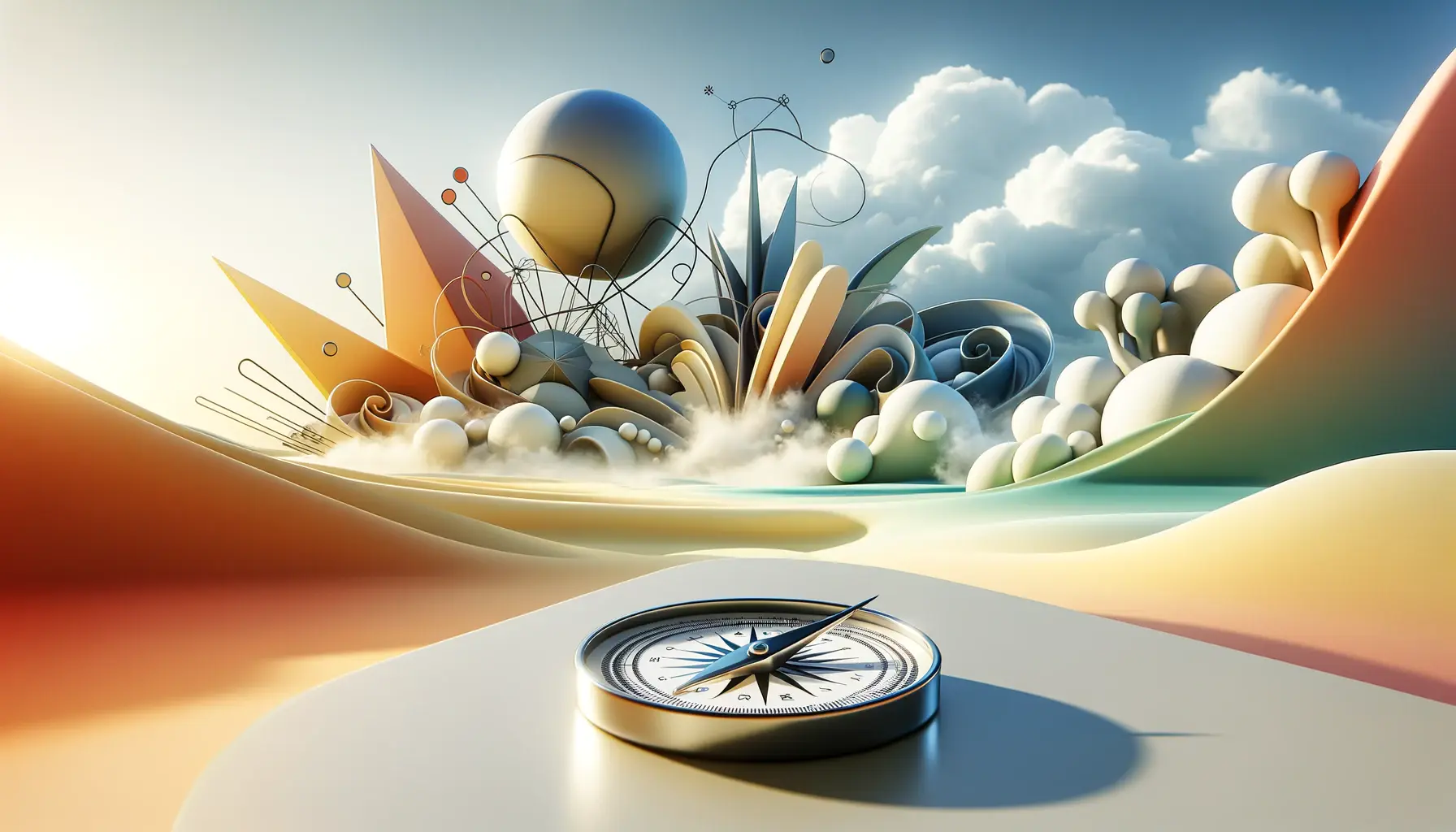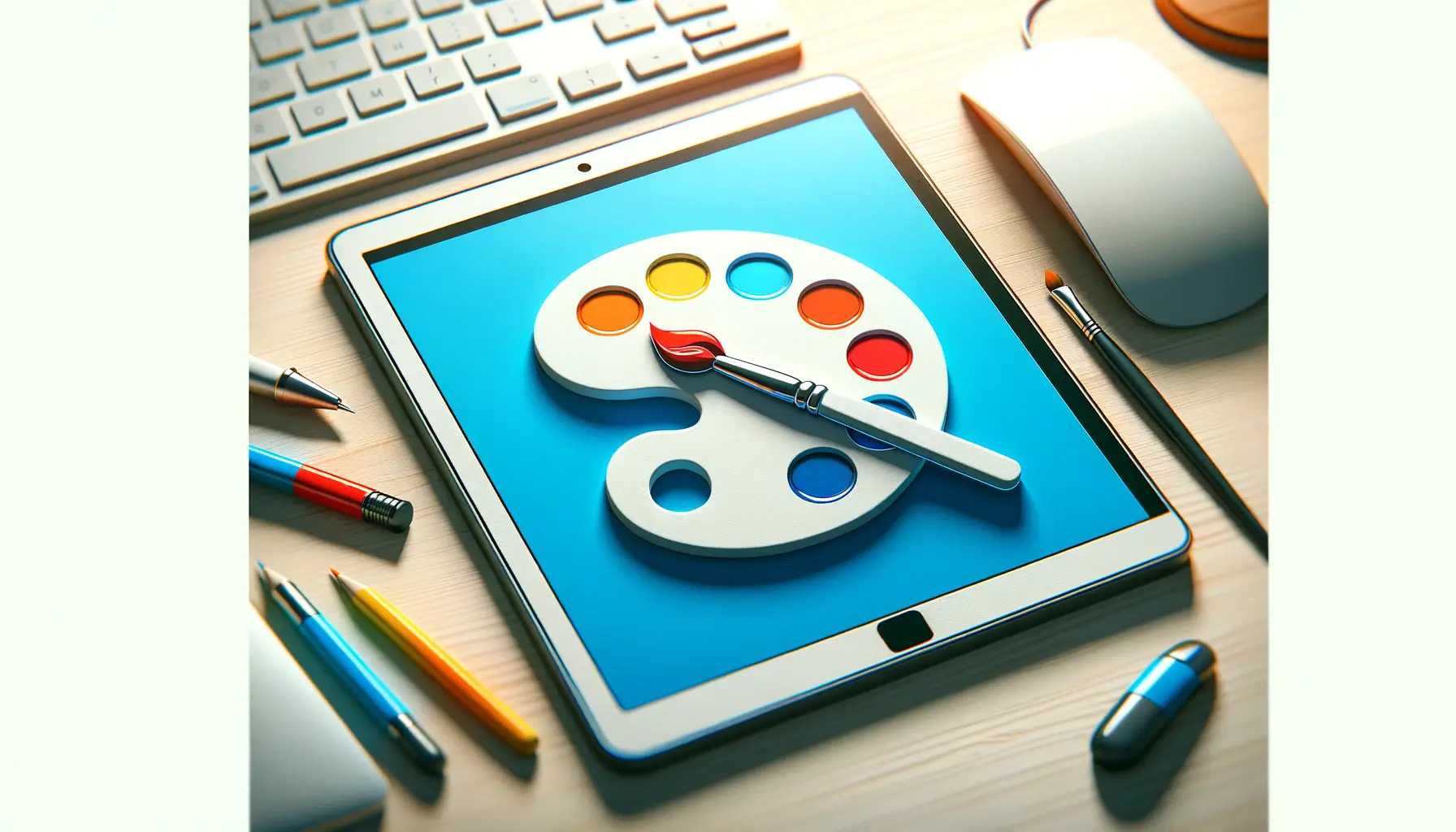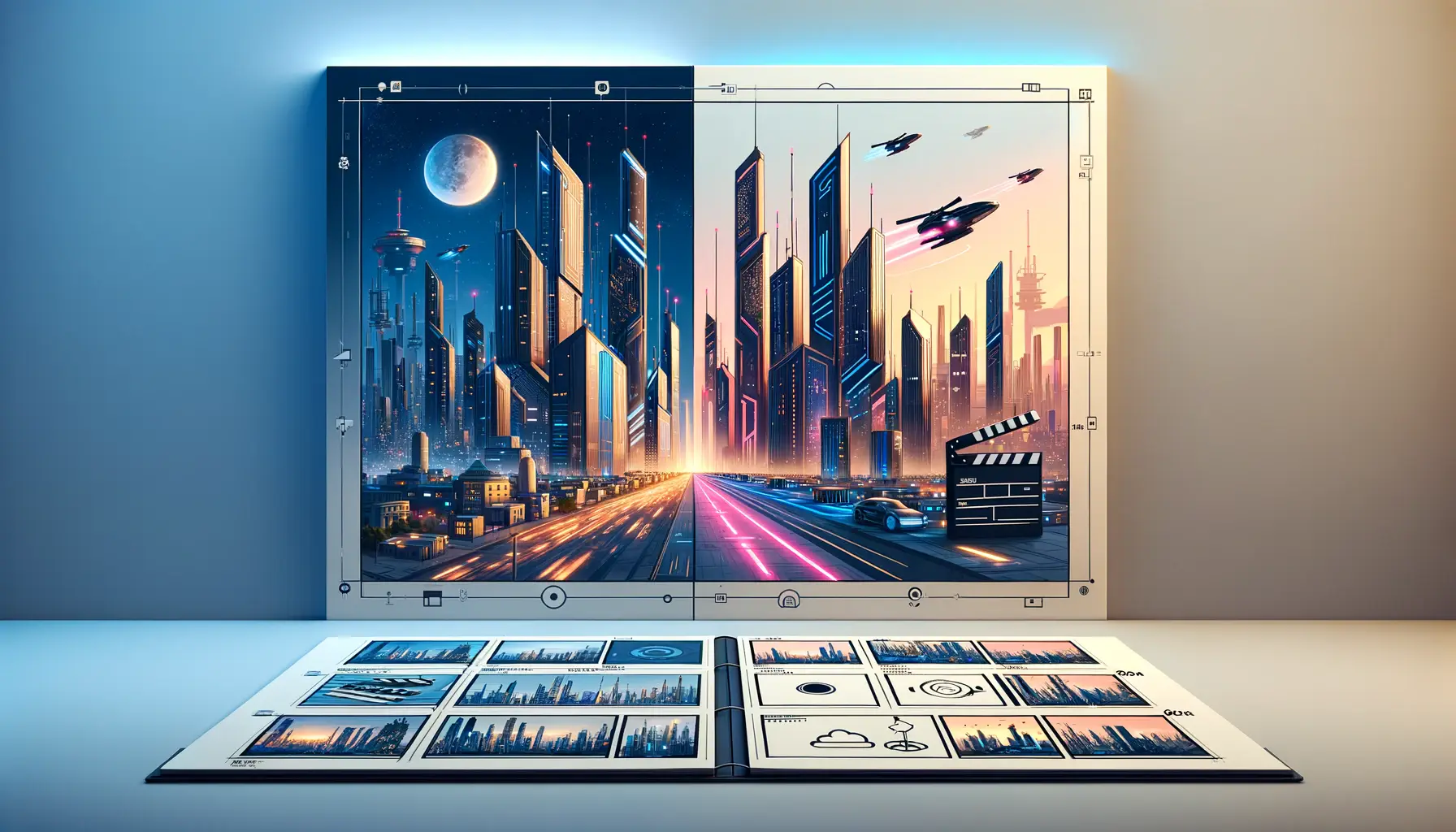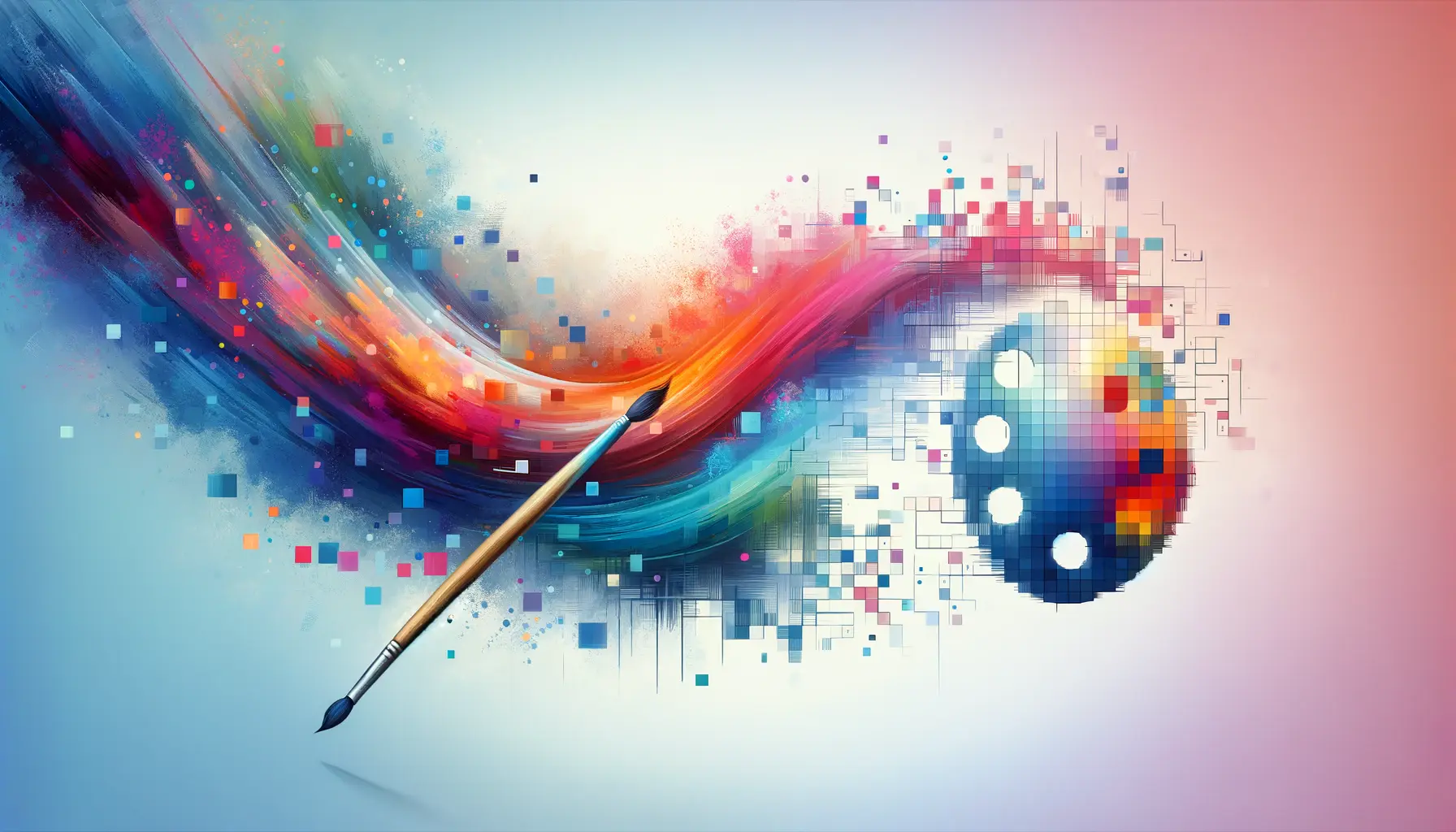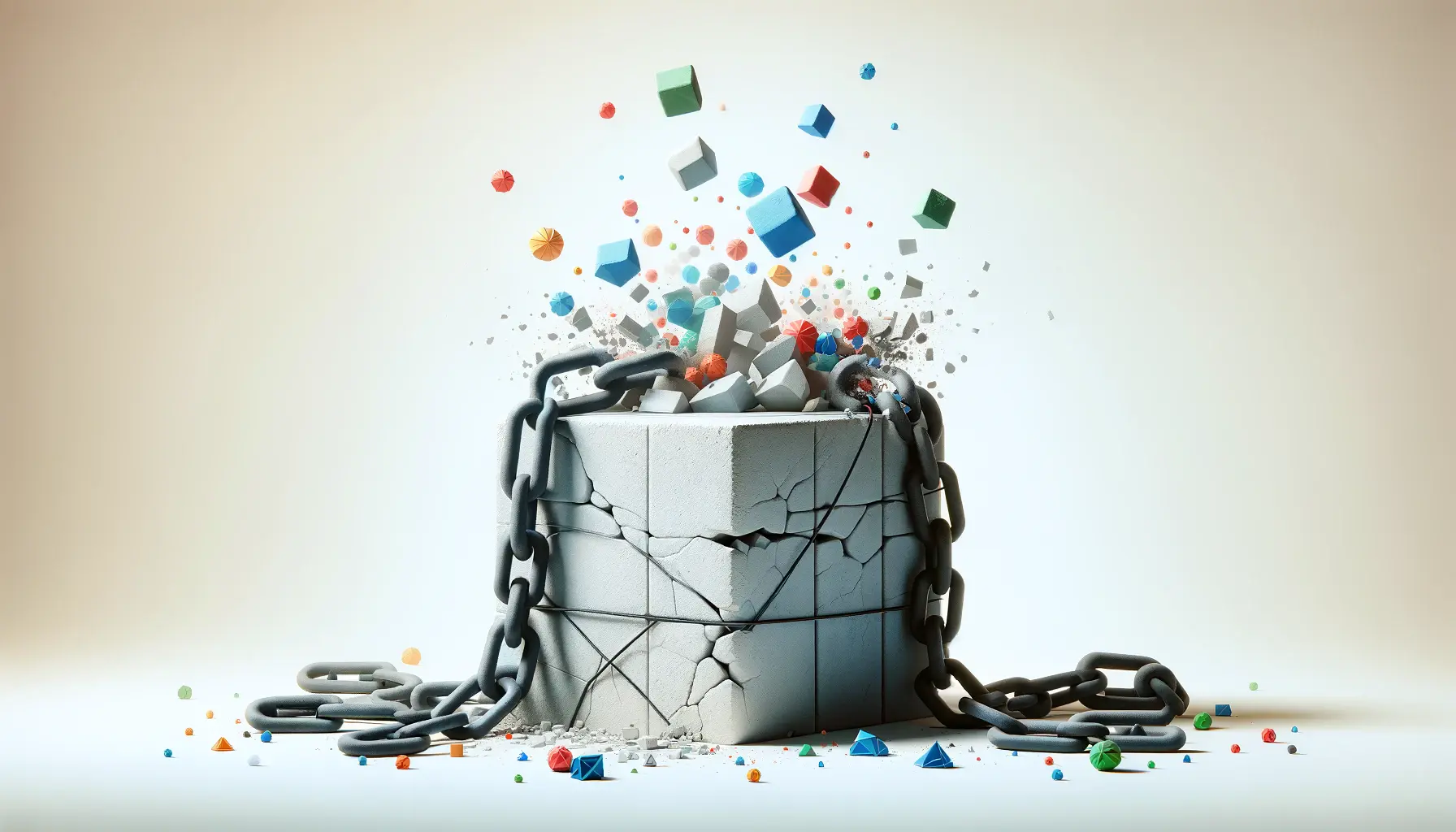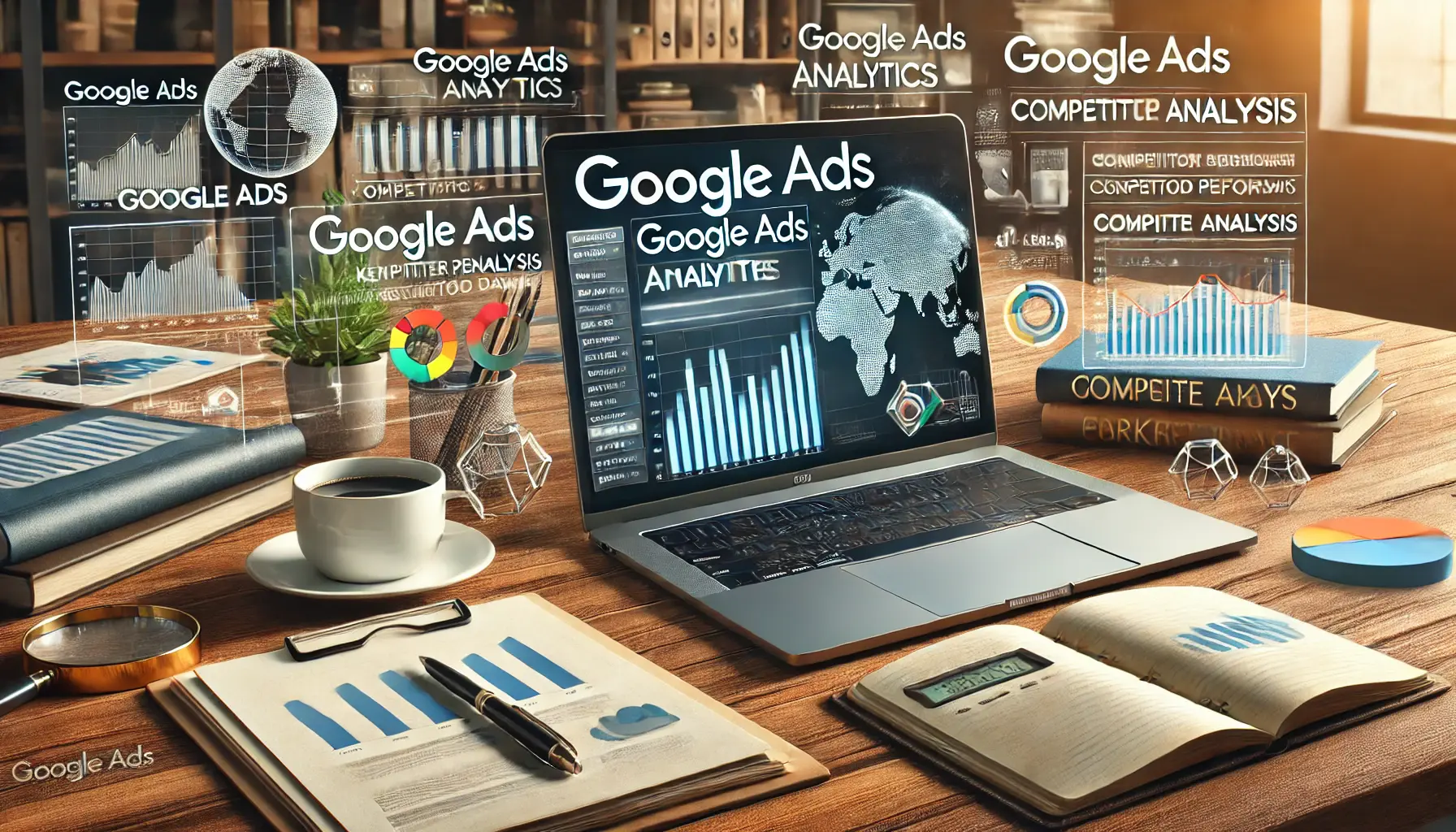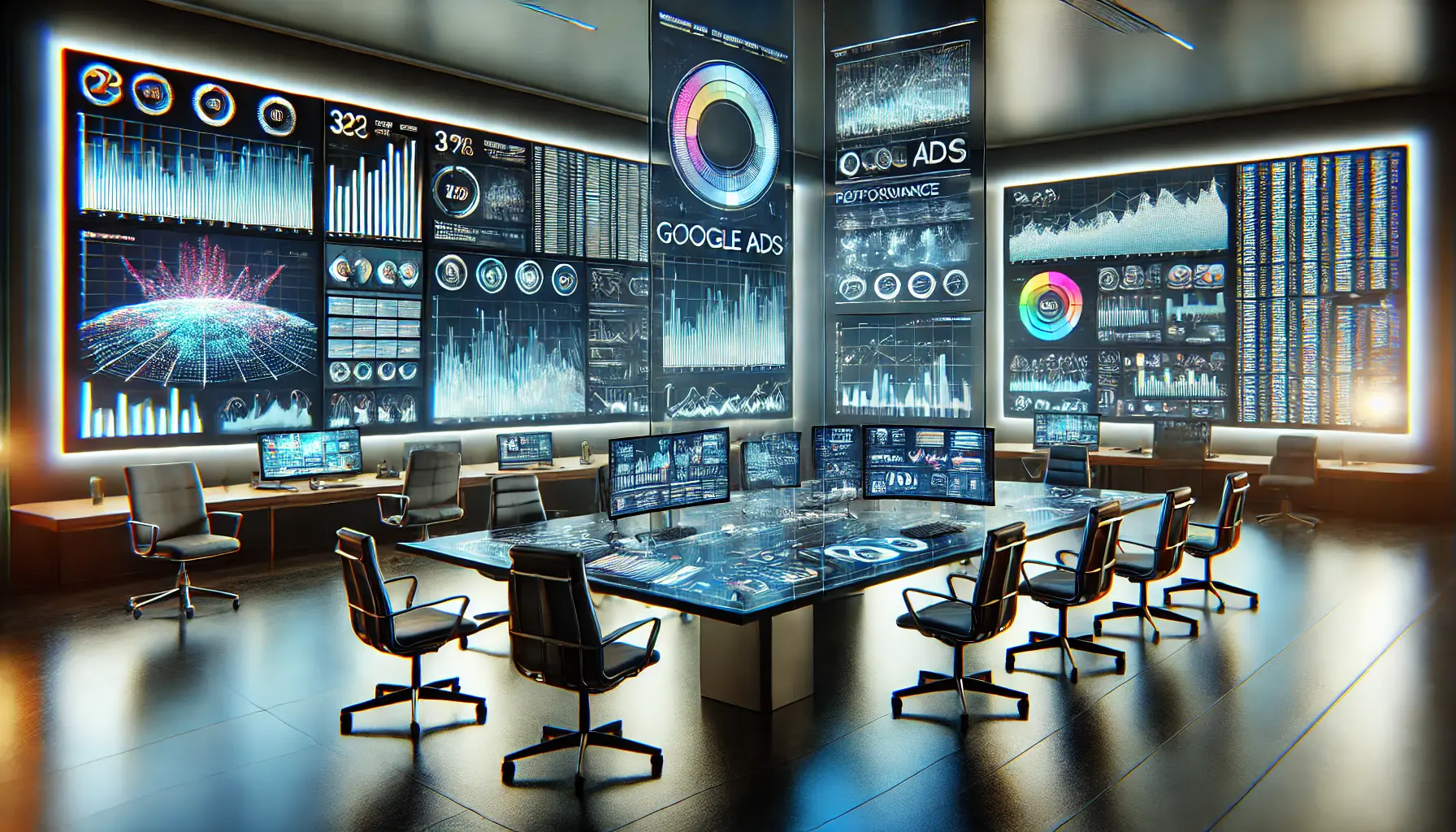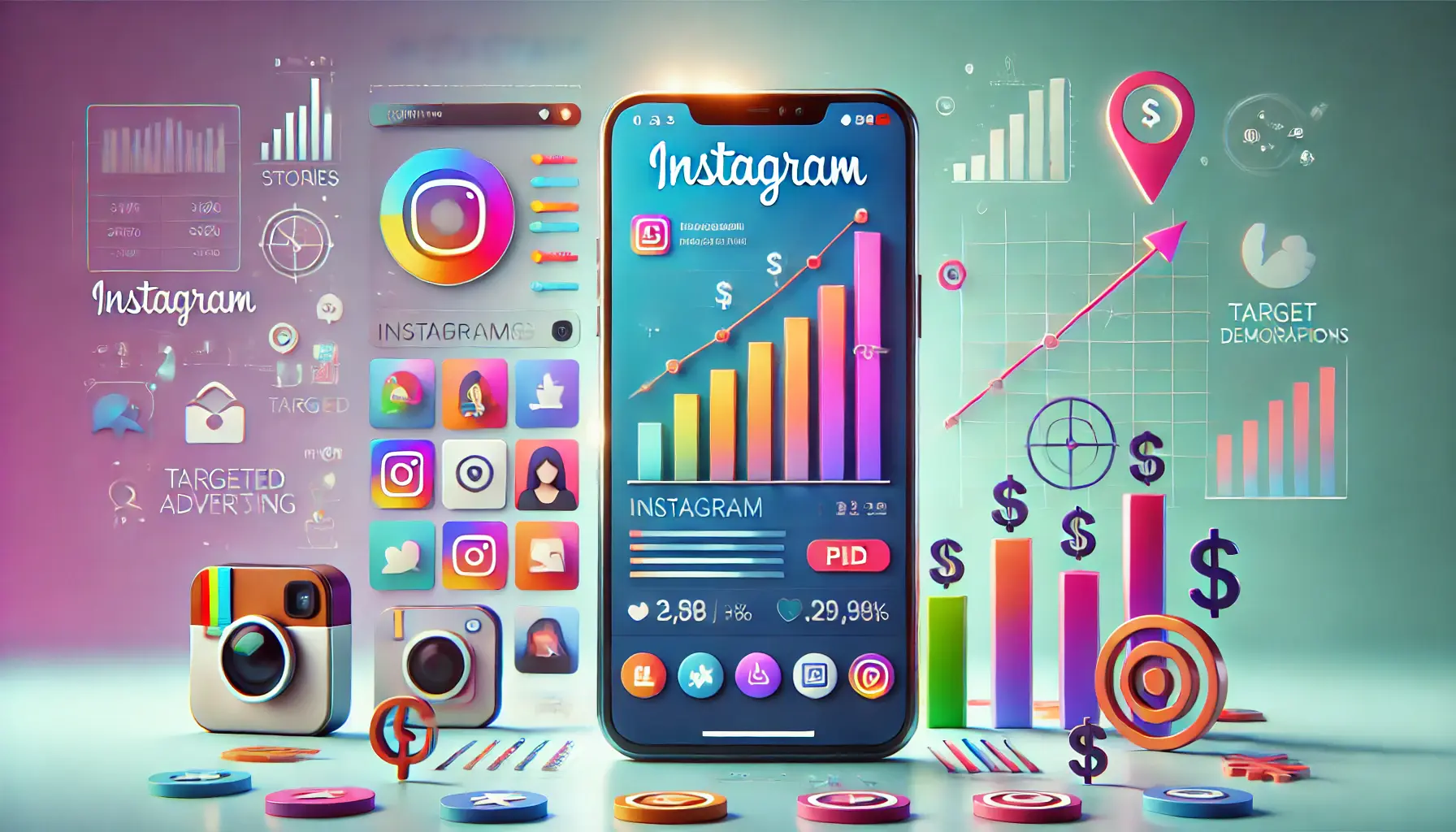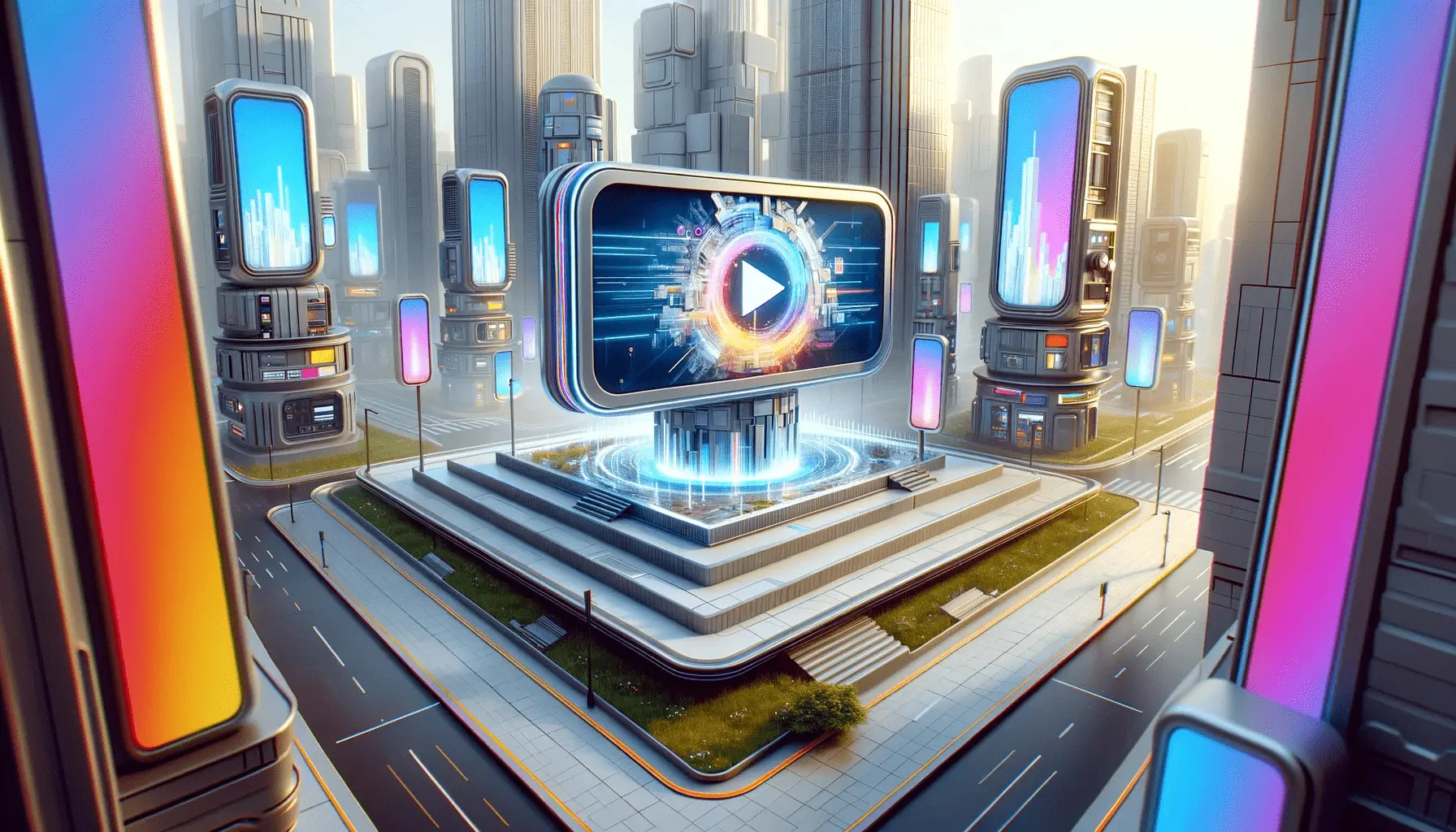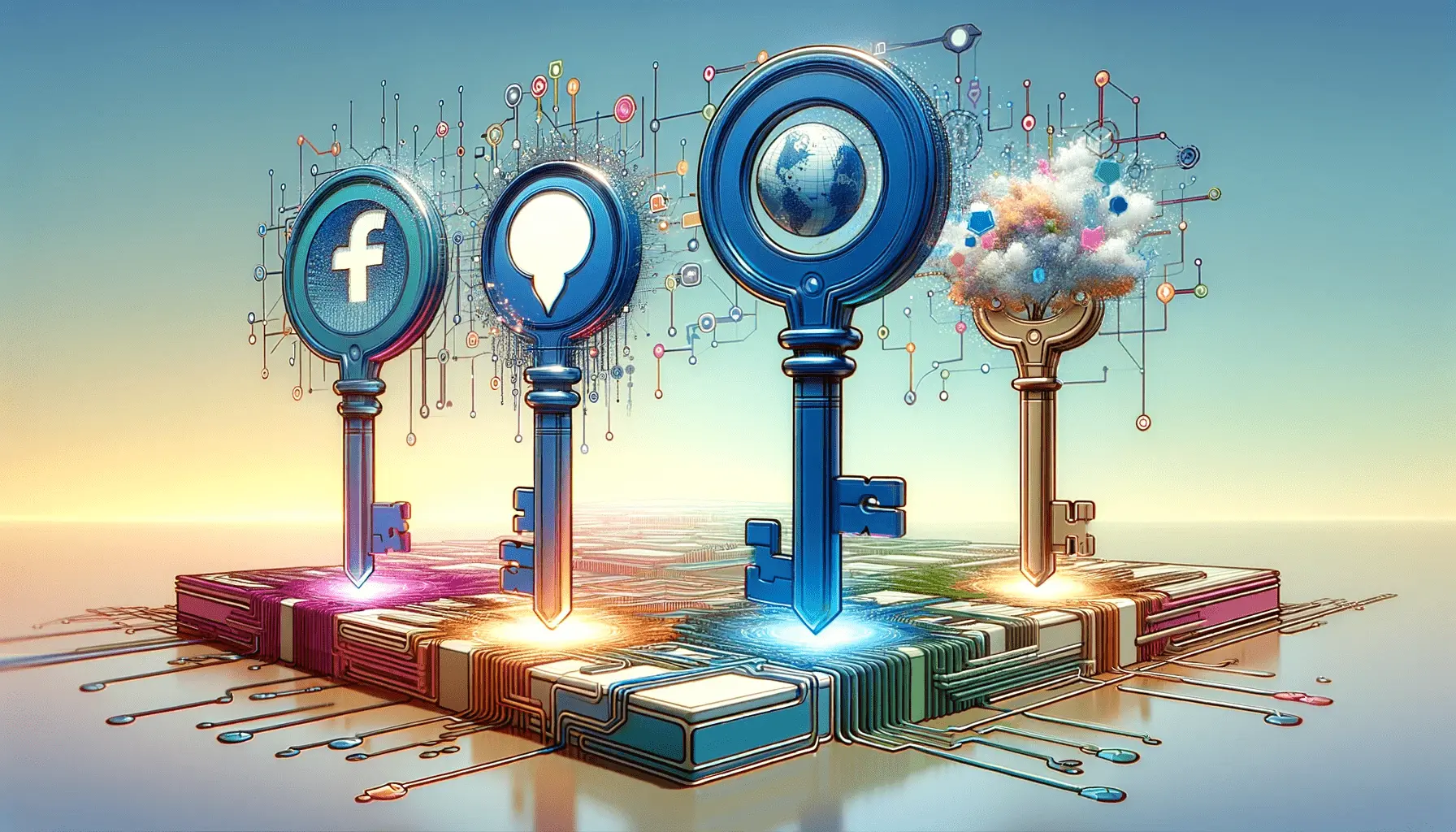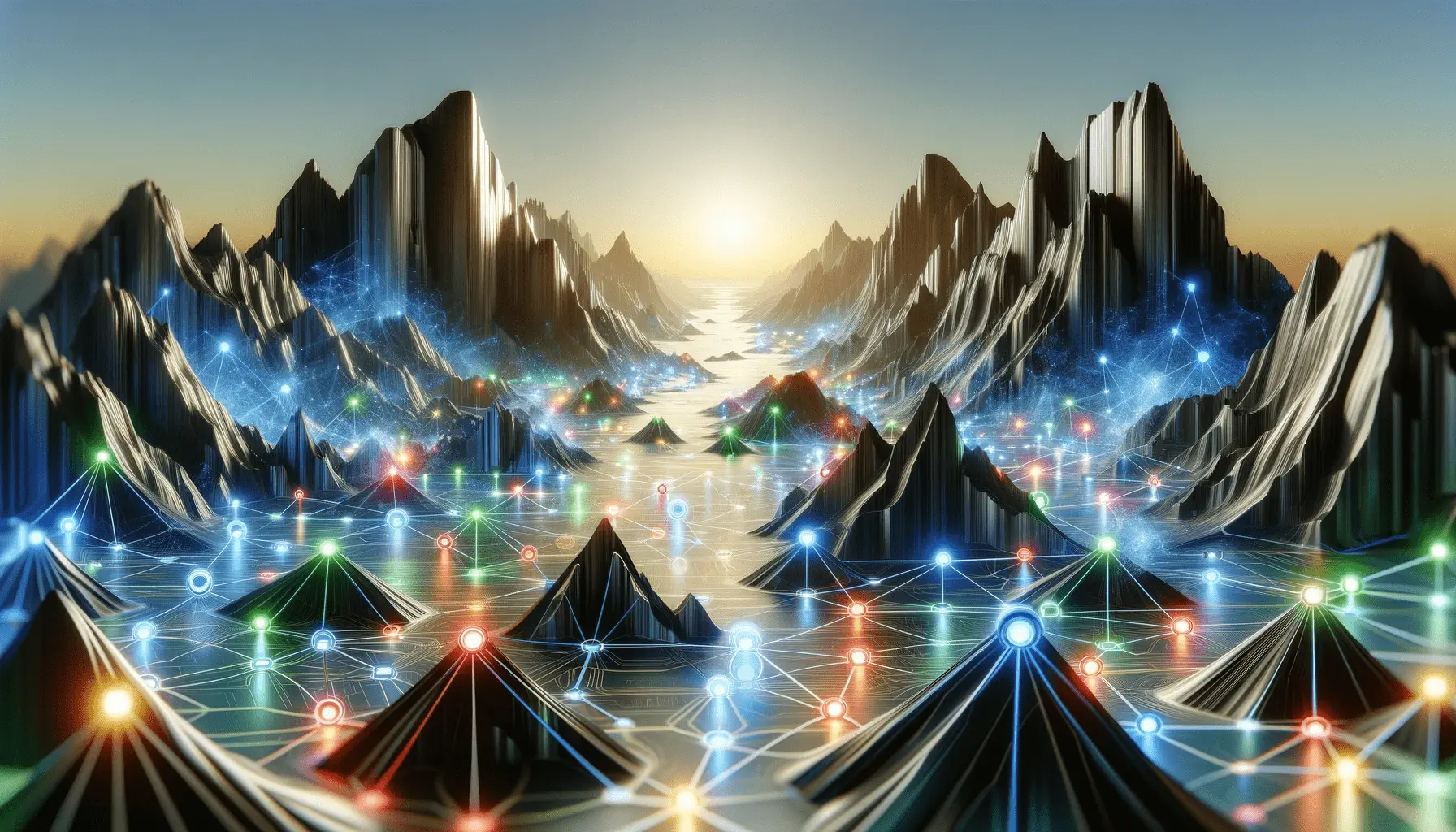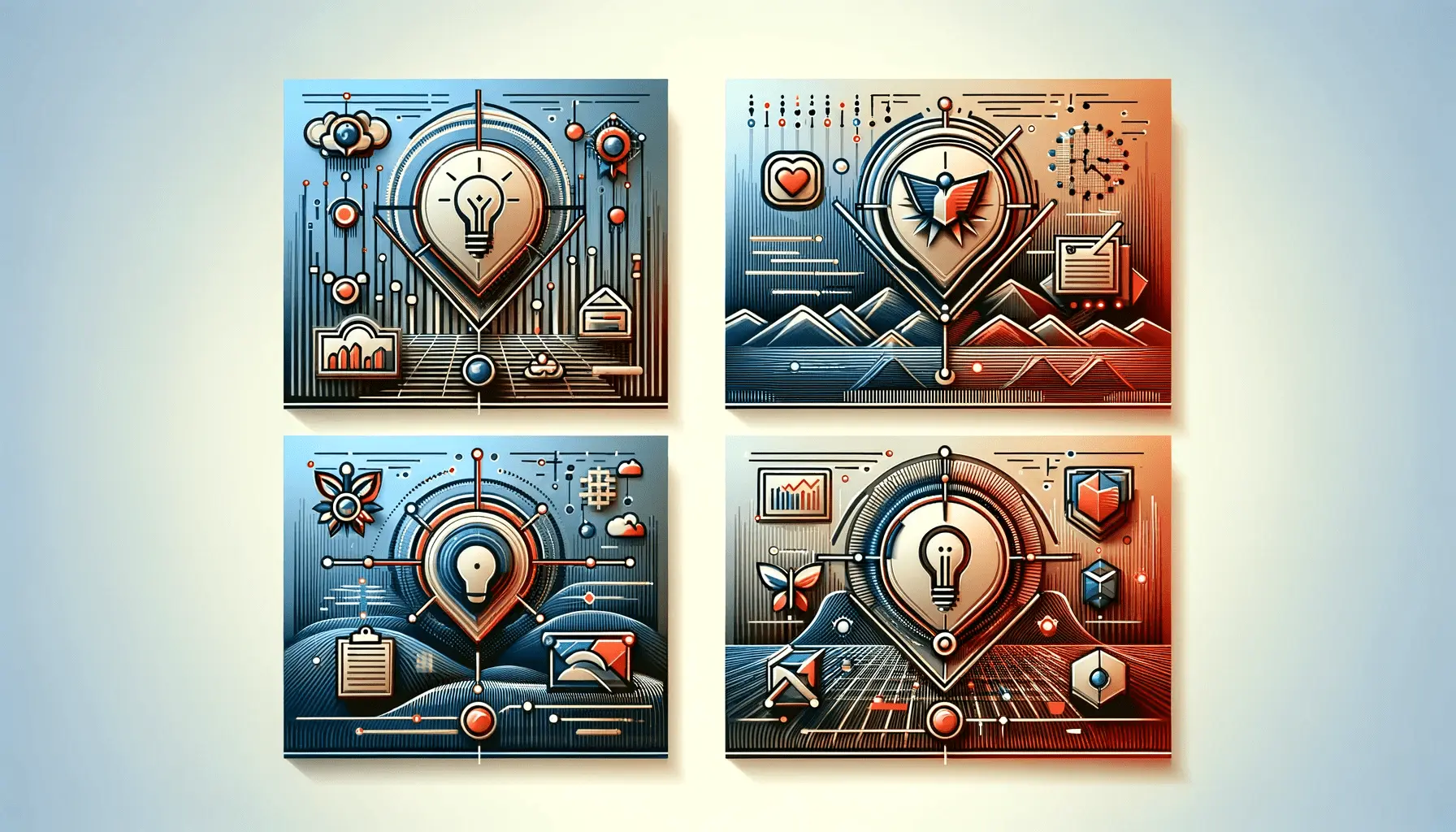The intersection of creativity and technology has always been a fertile ground for innovation, and in recent years, this convergence has taken a significant leap forward with the advent of artificial intelligence (AI) tools designed to enhance and expand the creative process.
Among these tools, DALL-E, a program developed by OpenAI, stands out as a groundbreaking achievement in the field of AI-driven art and design.
This article delves into how DALL-E is reshaping the creative landscape, offering artists, designers, and creatives of all stripes new ways to explore and express their visions.
DALL-E’s ability to generate images from textual descriptions has opened up unprecedented possibilities for creativity.
By simply inputting a descriptive prompt, users can conjure up detailed images that blend concepts, styles, and elements in ways previously unimaginable.
This capability not only democratizes art creation, making it accessible to those without traditional artistic skills but also challenges our understanding of creativity itself.
As we navigate this new creative landscape, it’s essential to explore the implications, applications, and ethical considerations of using DALL-E in various artistic and commercial endeavors.
- The Genesis of DALL-E and Its Impact on Creativity
- Exploring the Ethical Landscape of AI in Art
- The Role of DALL-E in Commercial Applications
- Integrating DALL-E into Creative Workflows
- Challenges and Limitations of DALL-E
- Future Directions for DALL-E and AI in Creativity
- Maximizing the Potential of DALL-E for Creative Innovation
- Embracing the Future of Creativity with DALL-E
- DALL-E Creative Applications: FAQs
The Genesis of DALL-E and Its Impact on Creativity
Understanding DALL-E’s Technology
The foundation of DALL-E’s revolutionary impact lies in its sophisticated AI algorithms, which analyze vast datasets of images and their descriptions to learn how to generate new images from text prompts.
This process, known as deep learning, enables DALL-E to understand and interpret the nuances of human language, translating abstract concepts into visual representations with astonishing accuracy and creativity.
What sets DALL-E apart is not just its technical prowess but its ability to bridge the gap between human imagination and digital creation.
By providing a tool that can visualize nearly any concept, DALL-E empowers users to explore the depths of their creativity without the limitations of traditional artistic mediums.
This has significant implications for professional artists, hobbyists, and industries reliant on visual content, opening up a new realm of possibilities for creative expression.
Revolutionizing Artistic Expression
The introduction of DALL-E has sparked a revolution in artistic expression, enabling creators to experiment with ideas and styles that were previously difficult or impossible to achieve.
Artists can now explore complex themes, mix various artistic genres, and create detailed visual narratives with ease.
This level of experimentation is pushing the boundaries of art, challenging our perceptions of what is possible, and inspiring a new wave of digital artistry.
Moreover, DALL-E’s accessibility means that individuals without formal training in art or design can now participate in the creative process, democratizing art creation and opening up the art world to a broader audience.
This inclusivity is fostering a more diverse and vibrant artistic community, enriched by perspectives from various backgrounds and disciplines.
DALL-E is not just a tool for creating art; it’s a catalyst for reimagining the creative process, making the act of creation more inclusive, experimental, and expressive than ever before.
Exploring the Ethical Landscape of AI in Art
The integration of DALL-E into the creative process brings not only innovation but also a complex array of ethical considerations.
As we navigate this new terrain, it’s crucial to address the implications of AI-generated art on copyright, originality, and the value of human creativity.
Understanding these ethical dimensions is essential for ensuring that the use of DALL-E and similar technologies contributes positively to the creative world.
One of the primary concerns revolves around the issue of copyright and ownership.
With DALL-E generating images based on a vast database of existing artworks and photographs, questions arise about the originality of the output and the rights of the creators whose works contributed to the training data.
This challenge necessitates a careful examination of copyright laws and the development of new frameworks to accommodate the unique nature of AI-generated content.
- Copyright and Ownership: The legal landscape is still adapting to the realities of AI-generated art. Determining the ownership of an image created by an AI, based on inputs from a human user, presents a novel challenge for copyright law.
- Originality and Authenticity: DALL-E challenges traditional notions of originality and authenticity in art. The ability of AI to replicate styles and merge concepts raises questions about the value we place on human originality and the definition of artistic authenticity in the digital age.
- Impact on Human Creativity: While DALL-E enhances creative possibilities, there is an ongoing debate about its impact on human creativity. Concerns include the potential devaluation of traditional artistic skills and the risk of over-reliance on AI for creative expression.
Despite these challenges, there are also opportunities for positive ethical impacts.
DALL-E can serve as a tool for exploring new forms of creativity, pushing artists to experiment beyond their usual boundaries.
Moreover, by automating certain aspects of the creative process, DALL-E allows artists to focus on conceptual and strategic elements of their work, potentially leading to richer and more complex artistic expressions.
The ethical landscape of AI in art is complex and evolving. By engaging with these ethical considerations thoughtfully, the creative community can harness the potential of DALL-E and similar technologies in a way that respects copyright, encourages originality, and enriches human creativity.
The Role of DALL-E in Commercial Applications
The advent of DALL-E has not only transformed the artistic landscape but also opened up a myriad of commercial opportunities.
Businesses across various sectors are beginning to explore how this AI-driven tool can enhance their operations, from marketing and advertising to product design and beyond.
The versatility of DALL-E allows for the creation of unique, tailored content that can captivate audiences and convey complex ideas in visually engaging ways.
Marketing and Advertising
In the realm of marketing and advertising, DALL-E’s ability to generate compelling visuals from textual descriptions is invaluable.
Companies can produce creative, eye-catching imagery for campaigns much faster than traditional methods, allowing for rapid iteration and testing of concepts.
This agility is crucial in the fast-paced world of advertising, where capturing consumer attention is paramount.
- Customized Campaigns: Tailoring visuals to specific audiences or themes becomes straightforward, enabling more personalized and effective marketing strategies.
- Brand Storytelling: DALL-E can visualize complex brand stories, creating a deep emotional connection with the audience through powerful imagery.
Product Design and Development
For product design and development, DALL-E offers a tool for quickly visualizing new products or variations, significantly speeding up the design process.
Designers can experiment with different aesthetics, materials, and form factors, receiving instant visual feedback on their ideas.
This not only enhances creativity but also reduces the time and cost associated with product development cycles.
- Prototyping: Rapid visualization of product concepts allows for efficient iteration and refinement.
- Innovation: By generating designs that might not have been conceived by human designers, DALL-E can drive innovation in product aesthetics and functionality.
Enhancing User Experience
DALL-E’s impact extends to user experience design, where it can be used to create personalized interfaces, icons, and other visual elements.
By generating images that are tailored to the preferences and behaviors of individual users, companies can offer a more engaging and satisfying user experience, leading to increased loyalty and user retention.
- Personalization: Custom visuals can enhance the appeal of apps and websites, making them more engaging for users.
- Accessibility: DALL-E can help create visual content that is more inclusive, catering to the needs of users with different abilities and preferences.
DALL-E’s versatility and efficiency make it a powerful tool for commercial applications, offering businesses new ways to innovate, engage with their audiences, and streamline their operations.
Integrating DALL-E into Creative Workflows
The integration of DALL-E into creative workflows represents a paradigm shift in how artists, designers, and content creators approach their craft.
This AI tool not only serves as a source of inspiration but also as a collaborator in the creative process, offering new ways to generate ideas, refine concepts, and execute visions.
Understanding how to effectively incorporate DALL-E into existing workflows is key to unlocking its full potential.
Collaboration Between AI and Creatives
At the heart of DALL-E’s integration into creative workflows is the concept of collaboration between AI and human creativity.
Artists and designers can use DALL-E as a brainstorming partner, inputting initial ideas and using the generated images to explore new directions or refine their vision.
This collaborative process can lead to unexpected and innovative outcomes, pushing the boundaries of traditional creative practices.
- Brainstorming: Use DALL-E to generate a wide range of visual ideas based on initial concepts or themes.
- Refinement: Iterate on DALL-E-generated images to refine concepts and align with the creative vision.
Streamlining Production Processes
DALL-E can significantly streamline production processes by automating the generation of visual content.
For industries such as advertising, publishing, and game development, where visual content is produced at a high volume, DALL-E can offer efficiencies that reduce time and labor costs.
This allows creative professionals to focus on higher-level aspects of their projects, such as strategy and storytelling.
- Content Creation: Rapidly produce diverse visual content for various platforms and formats.
- Efficiency: Reduce the time and resources required to generate high-quality visuals, allowing for more focus on creative direction and narrative.
Enhancing Creative Experimentation
DALL-E encourages creative experimentation by lowering the barriers to entry for creating complex visual content.
Artists and designers can test out wild and innovative ideas without the need for extensive resources or technical skills.
This democratization of visual creation opens up the field to a broader range of voices and perspectives, enriching the creative landscape with diverse and innovative works.
- Accessibility: Make complex visual creation accessible to non-experts, encouraging broader participation in the arts.
- Innovation: Foster a culture of experimentation and risk-taking in the creative process, leading to more dynamic and diverse outputs.
Effectively integrating DALL-E into creative workflows enhances the collaboration between AI and human creativity, streamlines production processes, and promotes a culture of experimentation and innovation.
Challenges and Limitations of DALL-E
While DALL-E represents a significant advancement in AI-driven creativity, it is not without its challenges and limitations.
Understanding these hurdles is crucial for both maximizing the tool’s potential and mitigating any negative impacts on the creative industry.
From technical constraints to ethical concerns, the journey of integrating DALL-E into the creative process is a complex one.
Technical Constraints and Quality Control
One of the primary challenges facing DALL-E users is the tool’s technical constraints.
While capable of generating highly creative and often stunning images, DALL-E sometimes produces results that are off-target or nonsensical.
This inconsistency can be a source of frustration and may require significant manual filtering to find usable outputs.
Additionally, the quality of the generated images can vary, with some lacking the resolution or detail necessary for professional use.
- Consistency: Achieving consistent results that closely match the user’s intent remains a challenge.
- Resolution and Detail: The quality of images, especially for professional applications, can sometimes fall short of expectations.
Addressing Ethical and Copyright Concerns
Beyond technical issues, DALL-E also raises ethical and copyright concerns.
The use of copyrighted materials in training datasets poses questions about the legality and morality of generating derivative works.
Additionally, there’s the risk of creating content that inadvertently infringes on intellectual property rights, leading to potential legal complications for users.
- Copyright Infringement: Navigating the complex landscape of copyright law to avoid unintentional infringements.
- Derivative Works: Balancing the creation of derivative works with respect for original creators’ rights and contributions.
Impact on the Creative Profession
The rise of AI tools like DALL-E also prompts reflection on their impact on the creative profession.
While these tools can augment creative capabilities, there is concern about their potential to devalue human creativity and skill.
The balance between leveraging AI to enhance the creative process and preserving the unique value of human artistic expression is a delicate one.
- Devaluation of Skills: Concerns that AI-generated art could undermine the value of traditional artistic skills and training.
- Job Displacement: The potential for AI to automate tasks traditionally performed by human creatives, leading to shifts in the job market.
Despite its transformative potential, DALL-E’s technical limitations, ethical dilemmas, and impact on the creative profession present challenges that require careful navigation.
Future Directions for DALL-E and AI in Creativity
The evolution of DALL-E and similar AI technologies is poised to continue shaping the creative landscape in profound ways.
As these tools become more sophisticated and integrated into various creative and commercial practices, they open up new horizons for innovation, collaboration, and expression.
Looking forward, several key areas are likely to define the trajectory of DALL-E and AI’s role in creativity.
Advancements in AI Technology
Continued advancements in AI technology will further enhance DALL-E’s capabilities, making it even more powerful and versatile.
Improvements in understanding and interpreting human language, along with advancements in generating high-resolution images, will address many of the current limitations.
As AI models become more refined, we can expect DALL-E to produce more accurate and detailed visual outputs, expanding its applicability across different creative domains.
- Increased Accuracy: Better language understanding and image generation algorithms will lead to more precise visual representations of textual prompts.
- Higher Resolution: Enhancements in AI capabilities will allow for the creation of high-resolution images suitable for professional use across various media.
Integration with Other Technologies
The integration of DALL-E with other technologies, such as virtual reality (VR), augmented reality (AR), and 3D modeling, will open up new avenues for creative and commercial applications.
This convergence will enable more immersive and interactive experiences, transforming how we create, consume, and interact with digital content.
From virtual art galleries to enhanced product visualization, the possibilities are boundless.
- Immersive Experiences: Combining DALL-E with VR and AR to create immersive and interactive digital environments.
- Enhanced Visualization: Leveraging DALL-E for 3D modeling and visualization, improving design processes in architecture, product development, and entertainment.
Addressing Ethical and Societal Impacts
As DALL-E and similar AI tools become more embedded in creative and commercial practices, addressing their ethical and societal impacts will be crucial.
This includes developing frameworks for copyright and intellectual property rights, ensuring fair compensation for creators, and considering the broader implications of AI-generated content on culture and society.
Engaging with these challenges proactively will be essential for harnessing the benefits of AI in creativity while mitigating potential downsides.
- Copyright Frameworks: Establishing clear guidelines and laws to navigate the complex issues of copyright and AI-generated content.
- Societal Implications: Considering the impact of AI on cultural production, diversity, and the value placed on human creativity.
The future of DALL-E and AI in creativity is bright, with ongoing advancements poised to unlock new creative potentials and redefine the boundaries of art and design. Navigating the ethical and societal implications will be key to ensuring a positive impact on the creative industry and society at large.
Maximizing the Potential of DALL-E for Creative Innovation
The journey of integrating DALL-E into the creative process is not just about leveraging a new tool; it’s about reimagining the boundaries of creativity and innovation.
As we look to maximize the potential of DALL-E, it becomes clear that this technology is not a replacement for human creativity but a catalyst for expanding it.
The key to unlocking its full potential lies in understanding how to use it as a complement to human imagination, pushing the limits of what’s possible in art, design, and beyond.
Strategies for Creative Synergy
To harness the full power of DALL-E, creatives must adopt strategies that foster a synergy between human ingenuity and AI’s capabilities.
This involves using DALL-E not just as a tool for generating images but as a partner in the creative process.
By inputting imaginative prompts and iteratively refining the outputs, artists and designers can explore new creative territories and bring unique visions to life.
- Iterative Collaboration: Engage in a back-and-forth with DALL-E, using its outputs as a springboard for further creativity.
- Hybrid Techniques: Combine DALL-E-generated images with traditional artistic methods to create hybrid works that are both innovative and deeply human.
Education and Skill Development
As DALL-E becomes more integrated into the creative landscape, education and skill development will play a crucial role in preparing the next generation of artists and designers.
This includes not only technical training on how to use AI tools but also fostering an understanding of the ethical, legal, and conceptual considerations of creating with AI.
By equipping creatives with the knowledge and skills to use DALL-E effectively, we can ensure that this technology enhances rather than diminishes human creativity.
- Curriculum Integration: Incorporate DALL-E and AI education into art and design curriculums to prepare students for the future of creative work.
- Critical Thinking: Teach critical thinking about the implications of AI in creativity, encouraging a thoughtful approach to its use.
Building a Community of AI-Art Enthusiasts
Finally, maximizing the potential of DALL-E for creative innovation requires building a vibrant community of AI-art enthusiasts.
This community can share insights, techniques, and ethical considerations, fostering a collaborative environment where creativity flourishes.
Through forums, workshops, and exhibitions, artists and designers can showcase their work, exchange ideas, and push the boundaries of what AI and human collaboration can achieve.
- Collaborative Platforms: Create online forums and platforms where creatives can share their experiences and learn from each other.
- Public Exhibitions: Organize exhibitions and showcases to highlight the innovative work being done at the intersection of AI and art.
By embracing strategies for creative synergy, focusing on education and skill development, and fostering a community of AI-art enthusiasts, we can maximize the potential of DALL-E for creative innovation, ensuring that this powerful tool serves as a bridge to new realms of artistic expression.
Embracing the Future of Creativity with DALL-E
The exploration of DALL-E’s capabilities and its integration into the creative and commercial landscapes marks a significant milestone in the evolution of digital art and design.
As we have navigated through the various dimensions of DALL-E’s impact, from its technological prowess to ethical considerations and future potential, it’s clear that this AI tool is more than just a novel invention; it’s a catalyst for a new era of creative expression.
The journey of understanding and utilizing DALL-E underscores a broader narrative about the fusion of human creativity with advanced technology, offering insights into how we can harness this synergy for innovative and meaningful creations.
Reimagining Creativity in the AI Era
The advent of DALL-E has prompted a reevaluation of traditional notions of creativity, pushing the boundaries of what’s possible in art, design, and beyond.
By enabling the generation of images from textual descriptions, DALL-E has democratized artistic creation, making it accessible to a wider audience and fostering a more inclusive creative community.
This shift not only expands the canvas of artistic expression but also challenges us to rethink the role of the artist in the age of AI.
The future of creativity, enriched by tools like DALL-E, promises a landscape where the collaboration between human intuition and AI’s capabilities leads to unprecedented forms of art and innovation.
Charting the Path Forward
As we look to the future, the continued evolution of DALL-E and similar AI technologies will undoubtedly unveil new challenges and opportunities.
The path forward involves a collaborative effort among artists, designers, technologists, and policymakers to address ethical considerations, copyright issues, and the impact of AI on the creative profession.
Education and community-building will be pivotal in equipping creatives with the skills and knowledge to navigate this new landscape, ensuring that AI serves as a tool for enhancing human creativity rather than replacing it.
- Continued Innovation: Advancements in AI will further refine DALL-E’s capabilities, opening up new possibilities for creative expression.
- Ethical Frameworks: Developing comprehensive ethical frameworks will be crucial in addressing the complex issues surrounding AI-generated art.
- Community Engagement: Building a strong community of AI-art enthusiasts will foster collaboration, knowledge sharing, and the exploration of new creative frontiers.
In conclusion, the journey with DALL-E through the creative landscape is a testament to the transformative power of AI in unlocking new realms of artistic expression.
By embracing the potential of DALL-E while thoughtfully navigating its challenges, we can look forward to a future where creativity knows no bounds, enriched by the synergy between human imagination and artificial intelligence.
The era of AI-driven creativity is just beginning, and its potential to redefine the arts and beyond is immense.
As we continue to explore this uncharted territory, the promise of innovative, inclusive, and ethically conscious art and design remains a beacon for the future of creative endeavors.
DALL-E Creative Applications: FAQs
Explore the most common inquiries about DALL-E’s creative applications, offering insights into its capabilities, usage rights, and more.
Yes, DALL-E can be used for commercial purposes, including NFTs and freelancing, subject to OpenAI’s content policy.
Yes, you own the images you create with DALL-E, including the rights to reprint, sell, and merchandise them.
Access to DALL-E can be obtained through OpenAI’s official platform, often requiring an application or invitation.
DALL-E 2 is an AI system that creates realistic images and art from natural language descriptions.
DALL-E significantly streamlines digital art creation, allowing for the generation of original graphics from text in seconds.
DALL-E 2 features include transforming text into stunning visuals, offering revolutionary AI-powered imagery for creative applications.
The DALL-E editor interface allows for image editing through inpainting and outpainting, enhancing creative control.
DALL-E 3 advances AI image generation capabilities, offering more sophisticated tools and applications for creatives.
